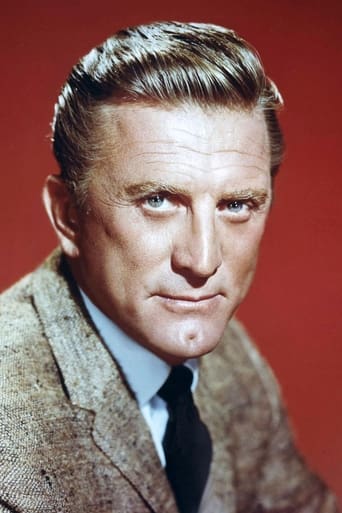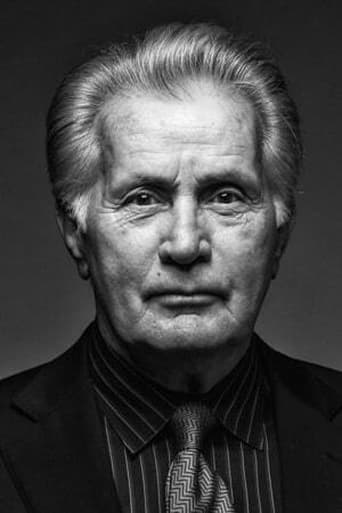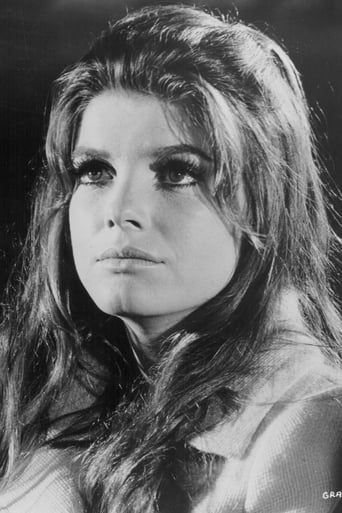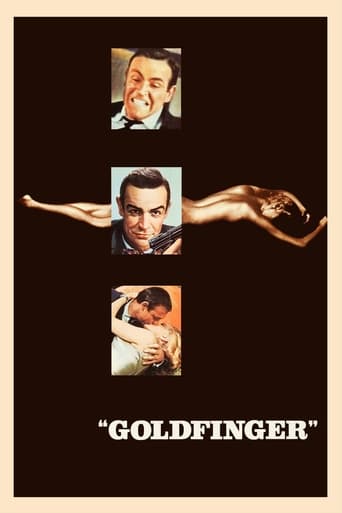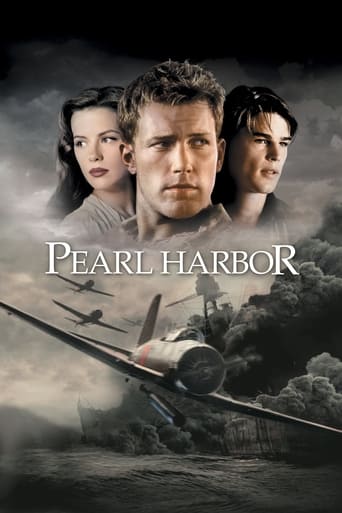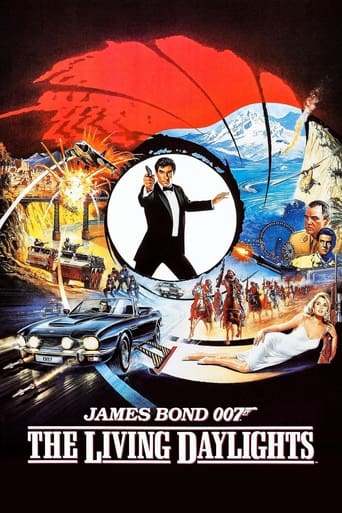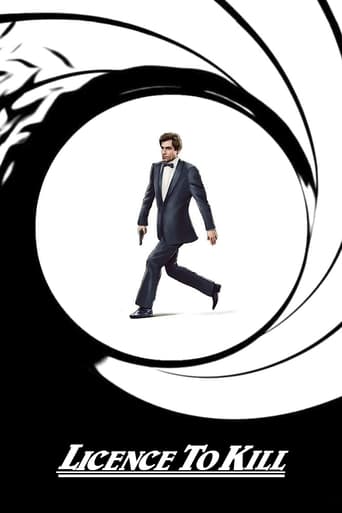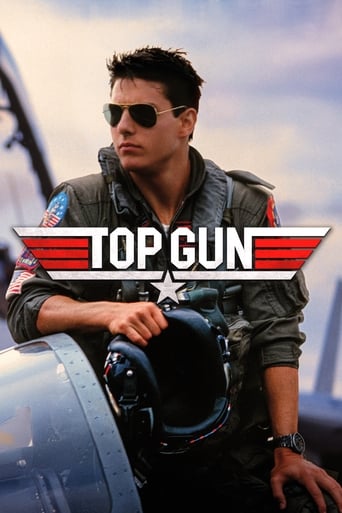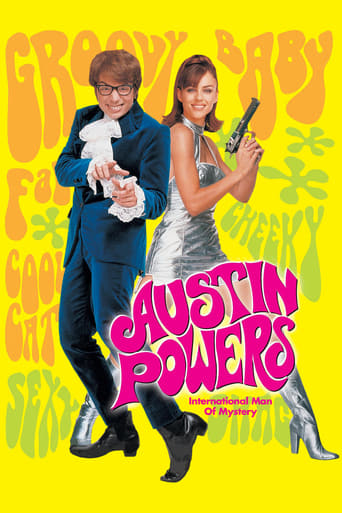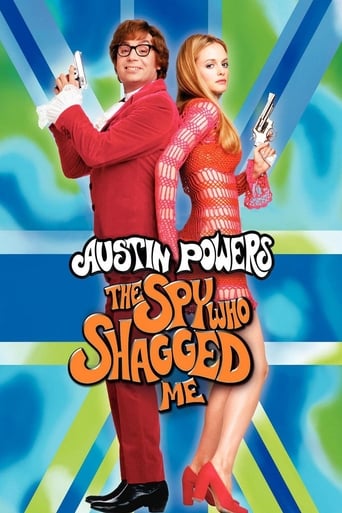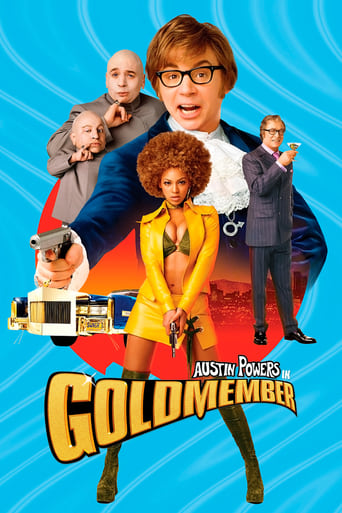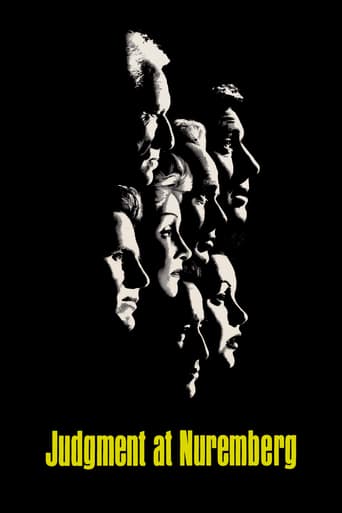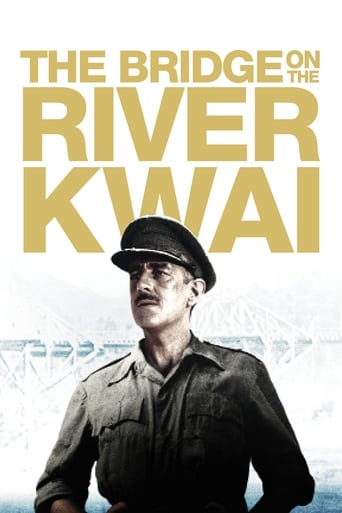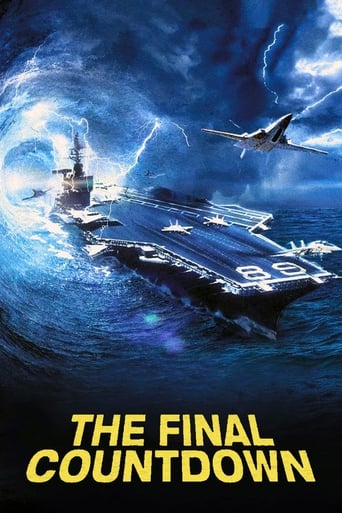
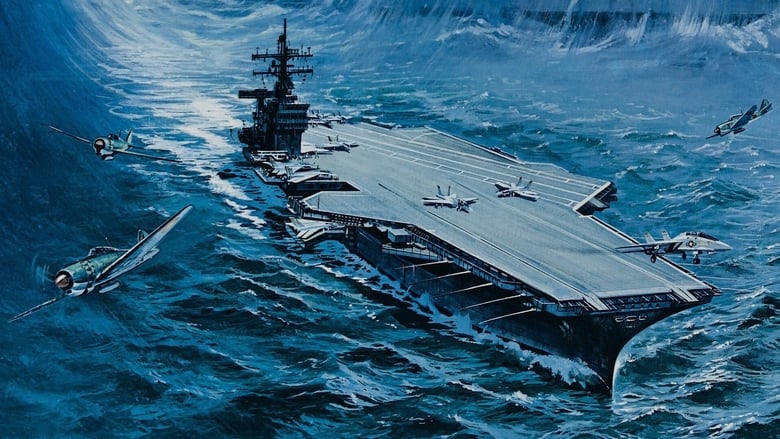
The Final Countdown (1980)
During routine manoeuvres near Hawaii in 1980, the aircraft-carrier USS Nimitz is caught in a strange vortex-like storm, throwing the ship back in time to 1941—mere hours before the Japanese attack on Pearl Harbor.
Watch Trailer
Cast


Similar titles
Reviews
Nice opening to this modern-day science fiction adventure -- scenic views of Hawaii and Key West, impressive shots of the monstrous aircraft carrier USS Nimitz, a Tomcat slamming onto the carrier's flight deck. Air/Sea Rescue supported by triumphant music. The helo crew save two survivors of a strafed yacht. They save Katherine Ross's dog too. Well-done aerial shots, illustrating refueling procedures. And a glance or two at the bridge of the Nimitz.Frankly, I was astonished. It's all buttons. If the skipper, Kirk Douglas of the cleft chin, sings out, "Give me twenty-five knots headwind across the flight deck," the quartermaster (if that is in fact what he is) simply punches a course into some kind of electronic junk the shape of a reclining refrigerator. There is nobody at the helm because there is no helm for anybody to be at. Nothing even remotely resembles the equipment of the destroyer-sized Coast Guard cutter I served eight unforgettable months on. I don't think it would be much fun to work on the Nimitz. No sense of the sea, more a feeling of living in a huge, congested, immaculate iron city, cluttered with industrial yellow heavy movers and fire trucks. It might as well be a construction site.Martin Sheen is a civilian systems analyst (read "efficiency expert") assigned to the Nimitz. Sheen is welcomed aboard by Douglas but has a contretemps with one of the pilots, James Farentino. Shortly after Sheen's arrival, the Nimitz runs into an extremely odd electrical storm that produces generous lightning and a horrible screeching sound. Everyone is knocked about for a few minutes and when they recover, still dazed, everything seems normal again. Douglas sounds general quarters, launching a period of organized chaos. The fulsome score borrows from "Patton" and from "633 Squadron". It begins to look like a long and lavishly budgeted episode of the original "Twilight Zone" -- and it stays that way. It's December 6th, 1941, and the Japanese fleet is on its way to attack Pearl Harbor. Douglas and his men figure this out shortly, when they pick up the Japanese fleet on radar.Cut to an old-fashioned wooden yacht, shellacked and painted, with Charles Durning and Katherine Ross, after whom Senator Durning lusts. They're listening to a speech being broadcast by President Roosevelt warning the nation of the danger by foreign aggressors. (Kids, that's President Franklin Delano Roosevelt, who served out almost four terms between 1933 and 1945. The "foreign aggressors" he's talking about must be Nazi Germany and Japan. President Roosevelt had had polio and was unable to walk, but the press never showed pictures of him in his wheelchair. That's what journalism was like in 1941.) Two lone Japanese zeroes sink the yacht but are in turn shot down by two modern Navy fighters. One Japanese pilot is rescued.It would have made a fascinating episode of "The Twilight Zone" but the movie goes awry before too long. Katherine Ross and Charles Durning are the survivors of the strafed yacht. They're brought up by winch into the helo compartment. "I'm sure glad you were out here," remarks Durning. At the time there were virtually no helicopters, just a few private toys held together with spars. And Durning is sitting in the spacious compartment of this big helicopter, being cared for by men in modern Navy uniforms, evidently oblivious to his surroundings. It's not until he's taken aboard the carrier that he activates what Ivan Pavlov called the orientation reflex. That is, he takes notice of what's around him.So does the resolute Japanese prisoner, who grabs a gun and some hostages and demands access to a radio. Clearly he wants to warn his fleet of the presence of the Nimitz. There is considerable concern over this by Douglas and the rest. Should they allow him to warn the Japanese attack force? Well -- if they gave it any thought, they probably would. What would be the consequence? The attack force of six aircraft carriers might try to bomb and torpedo the Nimitz but given the difference in technology they probably wouldn't do much damage, if any. OR, having been warned, Nagumo might realize that he now lacked surprise and might have turned the fleet around -- thus averting, for a while, America's entry into World War II.At any rate, I can't help wondering how this film went over in Japan, redintegrating, as it does, some of the anger and resentment of the war years. When two of our most advanced jet fighters down the two Zeros, the order is, "Splash the two Zeroes," and the Navy aviators chuckle with joy. The triumphant music gets louder. You can almost hear a theater audience as they grit their teeth and shout, "That's right -- kick some ASS!" And when Douglas orders the Nimitz to prepare for battle, and we see the crew rushing around arming bombs while horns honk, drums pound out a march, trumpets blare, and the notes of the national anthem creep into the score, there is the same emotional charge. Douglas orders an air strike against the Japanese fleet but then recalls the flight. "Damn, they're going to let the Japs do it again!", complains one of the aviators. The writing, the direction, and the score promote the kind of child-like enthusiasm that one finds at a high school football game. It's an appeal to some of our basest instincts.
Fun movie. But I'm surprised I haven't seen anyone else comment about the major time travel paradox flaw. In the first minutes of the movie, we see a mysterious figure in the back of the limo, who we hear designed the carrier. In the last moments of the movie, after the Nimitz has returned from 1941, Martin Sheen enters the limo to meet said mysterious passenger, and who is it but Cmd Owens from 1980 who got stuck back in 1941 -- now 40 years older! And rich from designing the carrier. Slight problem -- the now-80 year old Cmd Owens/Mr. Tideman could not have been in the limo at the beginning of the movie, because the Nimitz had not yet gone back in time to leave him in 1941. The writers of Final Countdown would have been well-served by waiting 5 years to make this movie so they could have learned a little from the Back to the Future story writing ..
"The Final Countdown" does offer up one of those classic dilemmas common to time travel stories: What if you went back in time with knowledge of events that were going to unfold? Would you do something about it? Or let history take its course?That dilemma faces the men aboard the aircraft carrier The U.S.S. Nimitz, which somehow or other is sent back in time - with a fair amount of razzle-dazzle special effects - to just before the Japanese attack on Pearl Harbor in 1941. Involved in the mounting drama are the crafts' captain (Kirk Douglas), a civilian observer (Martin Sheen), assorted personnel (including Ron O'Neal and James Farentino), and a senator (Charles Durning), whose rescue might set in motion a different chain of events.The cast, writers, and crew were clearly having a great time with this fanciful premise. Led by director Don Taylor ("Escape from the Planet of the Apes", "Damien: Omen II"), they take full advantage of official Navy cooperation. There's some exciting action, very nice widescreen photography (this is the kind of movie that needs to be seen in its intended aspect ratio, 2.35:1), and soaring music by John Scott. Pacing is effective, the dialogue intelligent, and the story completely absorbing. One will want to keep watching this just to see how things develop.The acting is effective in every major role. Douglas is solid as a rock in the lead; his company Bryna produced the picture. Katharine Ross provides a female presence to add just a little bit of romance to the plot. If one is a fan of the low budget, schlocky productions of the Troma company, they'll definitely note the presence here of Troma president Lloyd Kaufman, who's the associate producer, unit production manager, and a bit player.It's worth sticking with just for the "twist" ending, even if some viewers are able to predict it.Eight out of 10.
I have loved this film since first seeing it on t.v. in the early 1980s.Not only does it have a great cast (Kirk Douglas, Martin Sheen, Charles Durning), the footage of the carrier & its airwing...and the flight scenes is truly awe-inspiring.The story - based on the novel by the super-intelligent Martin Caidin (who created The Six Million Dollar Man) was a piece of brilliant sci-fi and "historical conundrum".The idea of (in 1980) a modern-day nuclear-powered aircraft carrier being time-warped to December 6, 1941, less than 24 hours before the Imperial Japanese Navy attacks the U.S. fleet at Pearl Harbor - and the commanding officers (and a brilliant civilian military "systems analyst") trying to make sense of the situation, and deciding whether or not to change the course of history was a great idea (H.G. Wells' "The Time Machine", comes to mind).When making the fateful decision to change history, or leave things as is, the Captain (Kirk Douglas) states "This is a U.S. warship. Our job is to defend the United States of America against attack...past, present or future".If, like me, you are an avid follower of military aircraft, then you will love seeing all of the jets and helicopters that served aboard the Nimitz in the late 1970s - F-14 Tomcat, A-7 Corsair II, A-6 Intruder (various versions for attack, refueling and jamming of enemy radars), S-3 Viking Anti-Sub warfare, H-2 Hawkeye (airborne radar & communications), and the Sikorsky Sea King helo used for Search & Rescue and anti-sub warfare.One thing I wish the film did that was in the novel would have been to have more of the "technical talk" that Martin Sheen's character (Warren Lasky) used when explaining how the storm happened, and how the Captain and crew could figure it out using the technology available to them.Also, in the novel, there was much more graphic detail of what happened to the ship & her crew when they went through the storm the first time.The novel also gave a sense of closure to the Commander Owens / Richard Tideman saga that ended the film.It is for these reasons that I give the film 7 stars, instead of 8 or 9.


